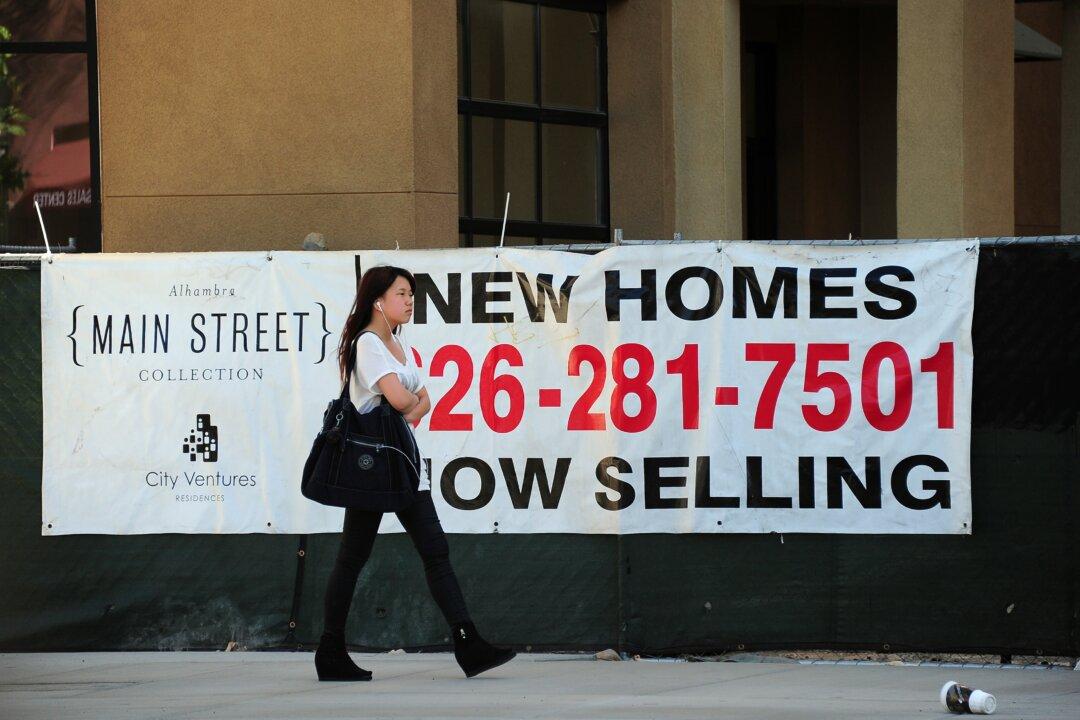Housing costs in California continue to soar close to record highs as officials struggle to deal with the prevalence of homelessness in the state. Meanwhile, 42 percent of all Los Angeles millennials live with their parents and empty lots in the Bay Area are listed for $9 million.
The crisis has led many to call on Bay Area lawmakers to ease housing rules by eliminating housing-density restrictions in the region.




